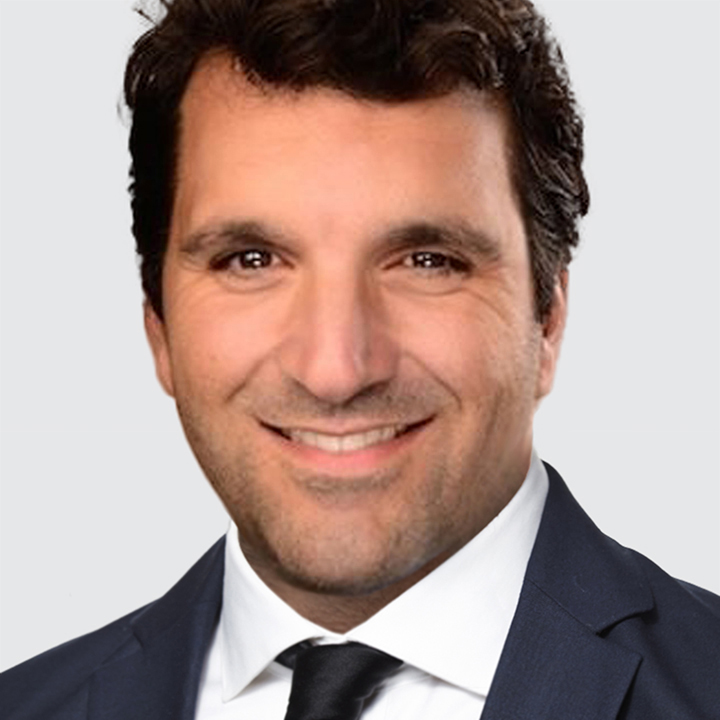US
USD continues to grind higher, nearing its 200-day moving average. Global stock markets are still under pressure, but the losses are more limited than yesterday. Today, the US Supreme Court (SCOTUS) will hear oral arguments in a pair of challenges to President Donald Trump’s power to impose tariffs. There’s no way to know when the court will issue its decision, but the Trump administration urged the justices to act quickly.
The ADP October employment data is up next (1:15pm London, 8:15am New York). Consensus expects ADP private-sector payrolls to rebound by 30k in October after declining -32k in September and -3k in August. Positive labor data would fuel further USD gains, while softer figures can trigger a partial USD correction.
The ISM services October index is the other data spotlight today (3:00pm London, 10:00am New York). The headline index is projected at 50.8 vs. 50.0 in September, consistent with a modest expansion in services activity. Watch the prices paid and employment sub-indexes for signs that upside risks to inflation are receding and job losses moderating.
EUROZONE
EUR/USD is trading heavy under 1.1500. The ECB’s negotiated wage tracker points to lower and more stable wage pressures consistent with the ECB’s 2% inflation target. The wage tracker with unsmoothed one-off payments - which closely matches the ECB’s indicator of negotiated wages - indicates an average negotiated wage growth of 3.0% y/y over 2025 vs. 4.9% in 2024 and easing further to 2.2% by Q3 2026.
Bottom line: the ECB is in a good place to keep rates on hold. That limits EUR/USD downside. Next two key support levels are offered at 1.1392 (August 1 low) and 1.1334 (200-day moving average).
SWEDEN
SEK shrugs off the Riksbank’s steady-rate decision. As was widely expected, the Riksbank left the policy rate unchanged at 1.75% and reiterated “the policy rate is expected to remain at this level for some time to come.” In its September Monetary Policy Report, the bank forecasts the policy rate at 1.75% until Q3/Q4 2026. The swaps curve price in rate hikes in the next 12 months which bodes well for SEK.
JAPAN
USD/JPY is directionless around 153.60. Japan Vice Finance Minister for International Affairs, Atsushi Mimura, highlighted that USD/JPY is trading above the level implied by US-Japan bond yield differentials. We agree. However, the Bank of Japan’s on-hold policy stance means this divergence is unlikely to close anytime soon. The swaps market continues to see 50% odds of a December 25bps rate hike to 0.75%, with a full 25bps move priced for January/March.
NEW ZEALAND
NZD wobbled, then rebounded. New Zealand’s soft Q3 labor market data argues for additional RBNZ easing. Employment was 0% q/q in Q3 vs. -0.2% in Q2. Consensus expected 0.1% growth and the RBNZ had penciled in no growth. The unemployment rate rose in line with expectations by 0.1pts to 5.3% (highest since Q4 2016) while the participation rate dipped 0.2pts to 70.3%, suggesting the labor market is losing both breath (fewer people engaged) and strength (more unemployed people). Private wages matched consensus and RBNZ projection at 0.5% q/q in Q3 versus 0.6% in Q2.
The next RBNZ policy decision/Monetary Policy Statement is on November 26 and markets more than fully price in a 25bps cut to 2.25%. The swaps market implies the policy rate to bottom between 2.00% and 2.25% over next six months, which would take it closer to the lower bound of the RBNZ’s estimated neutral range (1.60%-4.20%). Regardless, resilient global economic activity offsets the drag to NZD from expectations of looser RBNZ policy.
CANADA
Canada’s government turned on the fiscal tap to fund an increase in capital investment. The budget deficit is projected at -2.5% of GDP for 2025/26 and -2.0% of GDP for 2026/27 compared to -1.3% of GDP and -0.9% of GDP, respectively, in the last fiscal update in December 2024. Canada has room to dial up spending as the country has one of the lowest deficit-to-GDP ratios in the G7.
Extra fiscal support allows the Bank of Canada to keep the policy rate at 2.25% for the foreseeable future, lending some support for CAD. The swaps market price in about 70% probability of a 25bps cut to a low of 2.00% in the next 12 months. We would fade that risk.
POLAND
National Bank of Poland (NBP) is expected to cut the policy rate 25bps to 4.25%. 24 of the 31 analysts polled by Bloomberg see a 25bps cut, the rest expect no change. Poland headline CPI surprised to the downside in October (actual: 2.8% y/y, consensus: 3.0%, prior: 2.9%) and supports the case for more easing. The swaps market implies 50bps of total easing over the next 12 months that would see the policy rate bottom near 4.00%.
BRAZIL
Brazil’s central bank is widely expected to keep rates at 15.00% for a third consecutive meeting (9:30pm London, 4:30pm New York). Brazil headline inflation remains sticky above 5%, exceeding the bank’s 1.5%-4.5% target band and 2025 projection of 4.8%. Brazil’s high real positive interest rates of nearly 10% act as a magnet for foreign capital in favor of a firmer BRL.

